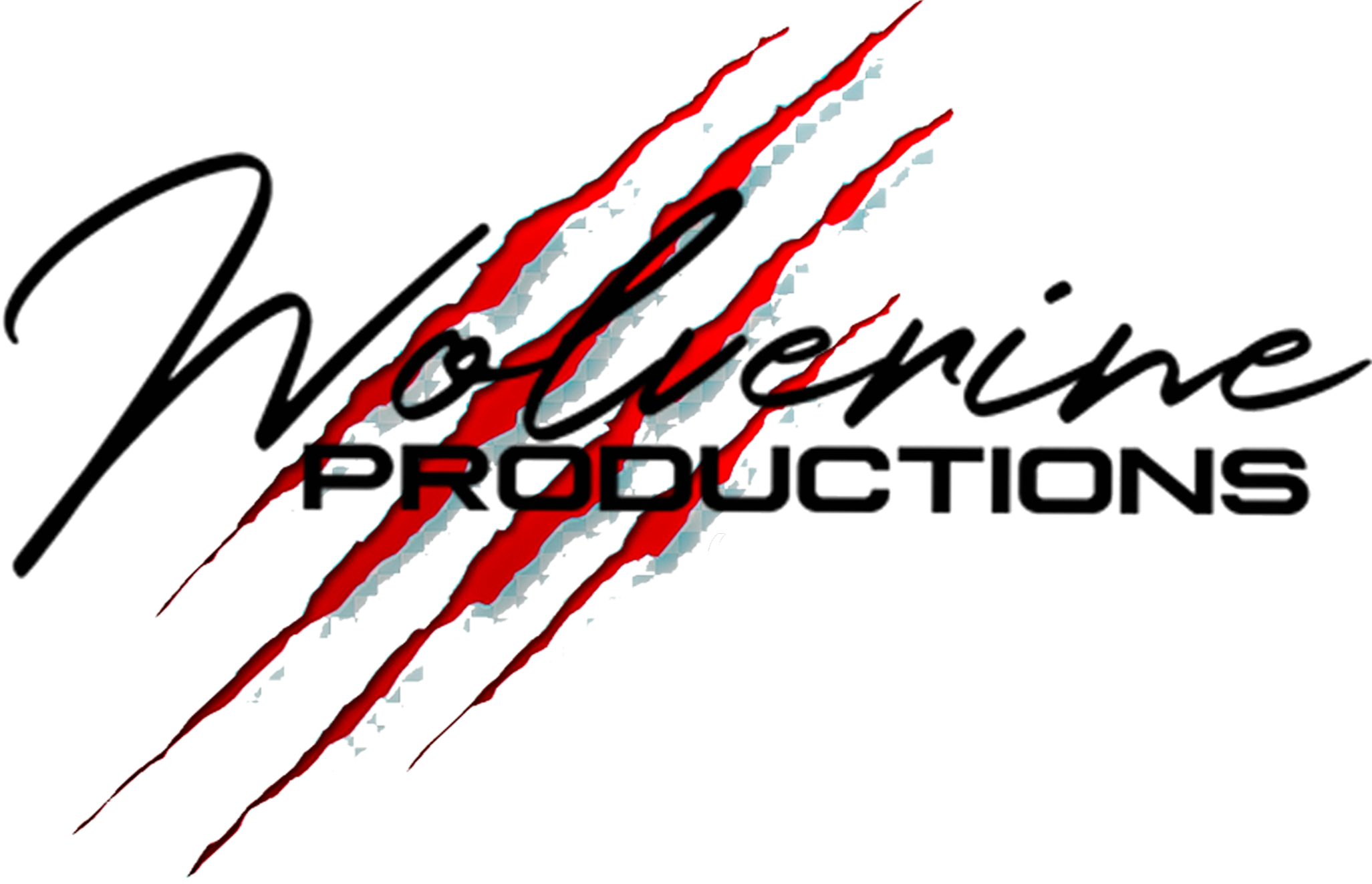Two Kinds of Web Design Case Studies
- Wolverine Productions
- Sep 20, 2023
- 3 min read
1. In-Depth Analyses of Well-Designed Websites: In-depth analyses of well-designed websites are a fantastic way to provide your readers with practical insights and inspiration. Here's how to approach this type of case study in more detail:
Selection: The process begins with selecting websites that stand out in terms of design, functionality, and user experience. Explain your criteria for selection, such as the website's popularity, innovation, or relevance to your audience.
Visual Breakdown: Dive deeply into the visual aspects of the selected website. Discuss the color scheme, typography choices, and imagery used. Provide detailed explanations of how these design elements harmonize to create a visually appealing and cohesive user interface. Use annotated screenshots to illustrate your points effectively.
Functionality: Explore the website's functionality thoroughly. Highlight any unique features, interactivity, or navigation structures that set it apart. Explain how these features contribute to a positive user experience and align with the website's purpose.
User Experience: Go beyond aesthetics and delve into the overall user experience. Analyze the site's navigation, user flows, and accessibility. Explain how the design choices enhance usability, making it intuitive and enjoyable for users to explore.
Content Strategy: Evaluate the quality, relevance, and organization of the website's content. Explain how the content strategy aligns with the design, user experience, and overall messaging. Highlight any content-related strategies that effectively engage users and communicate the website's message.
Performance: Conduct a performance analysis, including assessments of page load times, responsiveness across devices, and overall site speed. Discuss any performance optimization techniques that have been implemented, such as image compression or lazy loading.
SEO: If applicable, investigate the website's SEO efforts. Explain how design choices impact search engine rankings and visibility. Discuss factors such as keyword placement, meta tags, schema markup, and structured data that contribute to the website's discoverability.
Outcome: Summarize your analysis by distilling key insights and lessons that web designers and developers can draw from the selected website. Emphasize practical takeaways, design principles, usability strategies, or innovative features that readers can apply to their own projects.
2. Walkthroughs of Your Own Web Design Projects: Sharing walkthroughs of your own web design projects allows you to provide a personal and practical perspective on your work. Here's a more detailed breakdown of how to structure this type of case study:
Project Overview: Begin by providing a comprehensive introduction to the web design project. Describe the client's objectives, target audience, and any unique challenges or specific requirements associated with the project. Offer context to help your readers understand the project's scope and goals.
Design Process: Outline the various stages of your design process, from the initial project discovery and research phases to the development of concepts, wireframing, prototyping, and ultimately the final design. Provide insights into your creative approach and methodology.
Challenges Faced: Be transparent about the challenges that you encountered during the project. Whether they were related to tight deadlines, technical limitations, or specific client demands, acknowledging these challenges showcases your problem-solving skills and adaptability.
Solutions Implemented: Detail the strategies, creative solutions, and decision-making processes that you employed to overcome the challenges you faced. Explain the rationale behind your design choices and how they contributed to the successful completion of the project.
Design Choices: Delve into the specifics of your design choices, including layout, color palette, typography selections, and interactive elements. Articulate the reasoning behind these decisions and how they align with the project's objectives and the needs of the target audience.
Testing and Feedback: Share insights into any usability testing, user feedback, or client input you received throughout the project's development. Describe how this feedback influenced your design revisions and refinements, highlighting your commitment to delivering user-centered solutions.
Results: Whenever possible, provide tangible results or outcomes of the project. This could include improved user engagement metrics, increased conversion rates, or positive feedback from the client. Demonstrating the real-world impact of your design work reinforces your credibility.
Key Takeaways: Summarize the key lessons and valuable insights gained from the project. Offer actionable advice and practical tips based on your firsthand experience that can benefit other designers and developers in their own endeavors.
Future Considerations: Conclude your case study by discussing any potential future considerations or developments related to the project. This may involve ongoing maintenance, updates, or enhancements that are anticipated or planned.
By crafting detailed and informative case studies, you provide your readers with a deeper understanding of web design principles and practical examples of how to apply them. These case studies can serve as a source of inspiration and education for your audience, helping them improve their own design skills and projects.




Comments